The Haitian times
www.haitiantimes.com
By GUEST AUTHOR
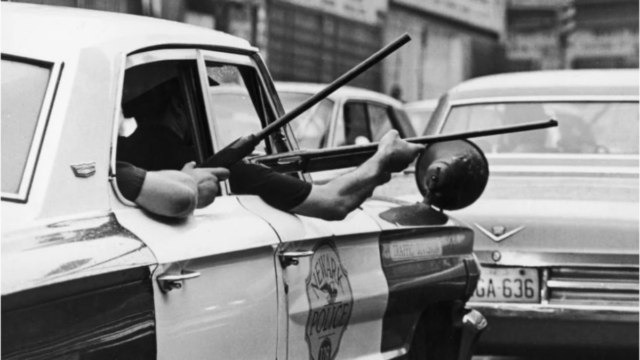
By J. Brian Charles in The Trace
This article originally appeared in The Trace; a publication dedicated to reporting on the gun violence crisis. It is being republished here in partnership with the Solutions Journalism Network, which specializes in rigorous reporting on responses to social problems.
NEWARK — Khalil Odom’s interactions with police started early.
Years ago, officers scoured his neighborhood to find a shooting suspect. Odom, then a teenager, saw the police, got scared, and ran. When the officers caught him minutes later, one grabbed him by the back of his neck. “The cop picked me up by the hood like a cat, busted me in the head,” Odom said, pointing to a scar on his head.
He was recounting the experience at a meeting between Newark residents and city police, hoping to show how even a single, brief interaction could shape a person’s views on law enforcement. Across the room, Darren Sinclair listened. What the Newark police officer, a Black man, heard was the story of a teen whose mistake of fleeing had triggered a logical response from the officers. “When you see the police and you know you didn’t do anything wrong,” Sinclair told Odom, “don’t run.”
“You sound like someone who has a white supremacist way of thinking,” Odom snapped back. “I am feeling like I am not being heard.” The two began to argue loudly, but after a brief moment, Lionel Latouche stepped in.
“Underneath what brother [Odom] was saying, there is a deep, severe trauma,” said Latouche, senior project manager of Trauma to Trust, the program that organized the meeting.
In a handful of cities across the country, interactions between police and communities have grown so tense that municipal leaders have turned to conflict resolution sessions, where residents and the cops work with mediators to hash out differences. Los Angeles and Baltimore have operated complaint mediation programs since 2014 and 2016 respectively, allowing residents who file complaints to sit down with a mediator and the cops they have accused to work through the dispute.
Trauma to Trust is Newark’s spin on such a program, an attempt to get the two sides to better understand each other’s stress and trauma.
The city agreed to pilot the practice in the hopes it would help cool decades of conflict, tension, and strife. In 1967, Newark exploded in civil unrest after the police beat a taxi driver. Since then, the Newark Police Department has had routine brushes with controversy, from questionable shootings, to beatings, to discriminatory traffic and pedestrian stops. In 2016, Equal Justice USA, a national criminal justice reform nonprofit, partnered with the city to create the program. Trauma to Trust is fully funded through grants, and the city has not spent any of its municipal budget on the training. Organizers of the project encourage participants to confront the ways in which police contribute to the collective trauma of a community and understand the stress police officers endure on the job.
“You sound like someone who has a white supremacist way of thinking,” Odom snapped back. “I am feeling like I am not being heard.”
Since its launch more than five years ago, about 500 people, including 220 Newark police officers, have participated in the program. Sinclair has been through Trauma to Trust three times. The long history of distrust in Newark means emotional exchanges like the one between Odom and Sinclair are routine occurrences during these training sessions, and facilitators have had to learn to respond in ways that make everyone feel heard and respected.
When Latouche intervened, Sinclair paused. He leaned back, listening as the moderators explained compound trauma and the role bias played both in the interaction Odom described and in the way Sinclair had interpreted it. The officer thought for a moment, then leaned forward and addressed Odom. “Those sound like historical traumas,” Sinclair said, adding that trauma was probably the reason why Odom ran.
Barbara Prempeh, a Black clinical psychologist who facilitates the sessions, used the interaction to delve into the topic of officers’ implicit bias, which can lead cops like the ones who struck Odom to target the wrong person based on the color of their skin.
“What is it about the Black and brown body that makes people automatically assume that I’m a beast?” Prempeh said. “Whether you’re a Black, brown, white officer, officers are typically more likely to associate aggression with Black and brown, especially Black individuals.”
Trauma To Trust is the direct result of calls to reform the city’s Police Department. Over the decades since 1967’s uprising, the Newark Police Department has often been embroiled in controversy, and remains a frequent target of activists’ demands for reform. Those appeals went unanswered until Ras Baraka became mayor in 2014 and asked the Department of Justice to investigate the city’s police force. Federal investigators found numerous examples of discriminatory policing practices and instances of abuse by officers. The resulting federal consent decree put the department under the watch of a court-appointed monitor.
By that point, Equal Justice USA had already recognized the need to address trauma in overpoliced communities, and realized that it needed to bring the officers and the residents experiencing either end of this stress into the same room. With Newark entering the consent decree, the program found a place that welcomed the new approach. “We want to get past us versus them,” Zayid Muhammad, a community activist who helps arrange the sessions, said of why the city was the right place for this work. “The story and the image of Newark for years has been, ‘Oh, that city has gone to hell since the riots.’”

Trauma To Trust includes two full days of training. The residents and the cops learn how physical abuse, sexual abuse, and poverty — which is pretty common in Newark — add up and create a basis of trauma early in life that can contribute to depression, addiction, or struggles with self-regulation in adults. Both officers and residents get a dose of critical race theory, including lessons on the implicit biases embedded in the legal system. They hear about how common it is for law enforcement officers to struggle with depression and anxiety, and the prevelance of suicide among their ranks.
Late in the first afternoon of the fall training session, officer Eric Paro told participants about the time he arrived to answer a call from a young mother whose infant was unconscious. Paro tried to administer CPR, but it was too late. “The baby died in my arms,” he said. The incident occured in the morning, just as his day began. When he got to the police station, there were no counselors waiting to talk about his grief. No one suggested or even mentioned that Paro might take the day off; he was sent right back into the field. In fact, outside of the report he filed, Paro didn’t mention the baby’s death at work at all. “I went home and talked to my wife about it, that’s it,” Paro told the group.
The room fell silent. Dan Ortiz, one of the trainers, said police departments often ignore stress levels on the force, endangering the officers, their families, and all those who come in contact with police. This year alone, 132 officers in the United States have committed suicide. Ortiz offered a simple, but potentially powerful, solution. “Don’t put an officer who was traumatized this morning” out on another call immediately, he said. “Don’t put an officer who was just shot at [right back] on the street.”
Newark residents and police both tout the city’s progress toward building a better relationship. Many are quick to recount what happened in Newark after George Floyd’s murder by a Minneapolis police officer, proudly reflecting on how a city that burned in 1967 didn’t in 2020. And they will tell you that Trauma To Trust is vital to that progress.
The program is still new. It’s run for less than a decade, and won’t roll out to a second location until this spring, when Equal Justice USA will launch Trauma to Trust in Baton Rouge. And despite the efforts and improvements, Newark’s residents still have some reservations about the Police Department, which has killed nine Black men since 2015.
On the first day of training this fall, this division was on full display in a literal sense. The cops and the residents sat at tables on opposite ends of the room, facing each other across the distance.
On the second day, facilitators used a word association activity to prompt the two groups to sit with each other. The small, mixed groups used one word to describe a traumatic experience. Usually, facilitators said, people return to their respective sides of the room after the task. But in this session, that didn’t happen.
“Look at where we’re at now,” Ortiz said, pointing to an officer and a resident who had chosen to continue sitting next to each other. After almost 16 hours together, the two sides had begun to see beyond their differences. They even enjoyed each other’s company.
This article originally appeared in The Trace, a publication dedicated to reporting on the gun violence crisis in America. It is being republished in collaboration with the Solutions Journalism Network, which specializes in rigorous reporting on responses to social problems.

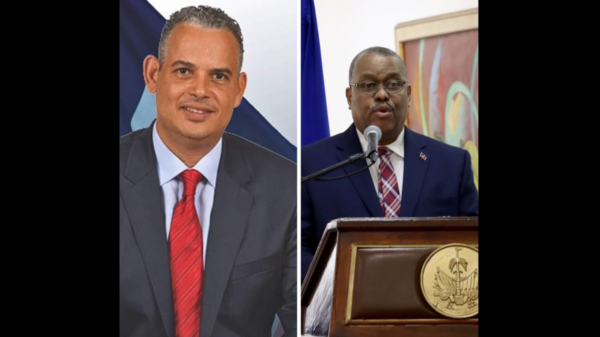

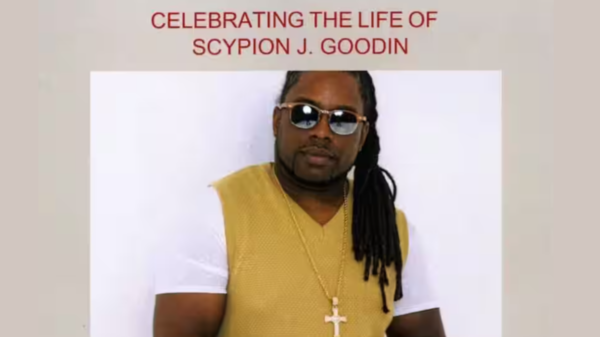
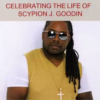
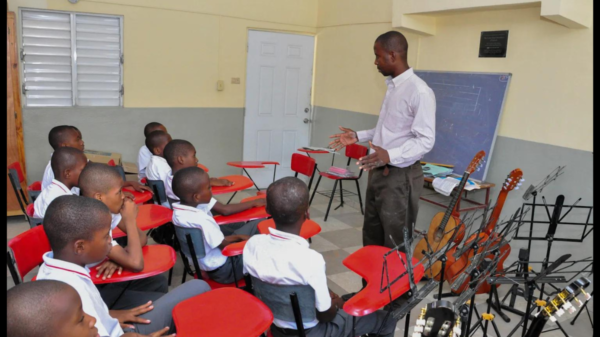



You must be logged in to post a comment Login